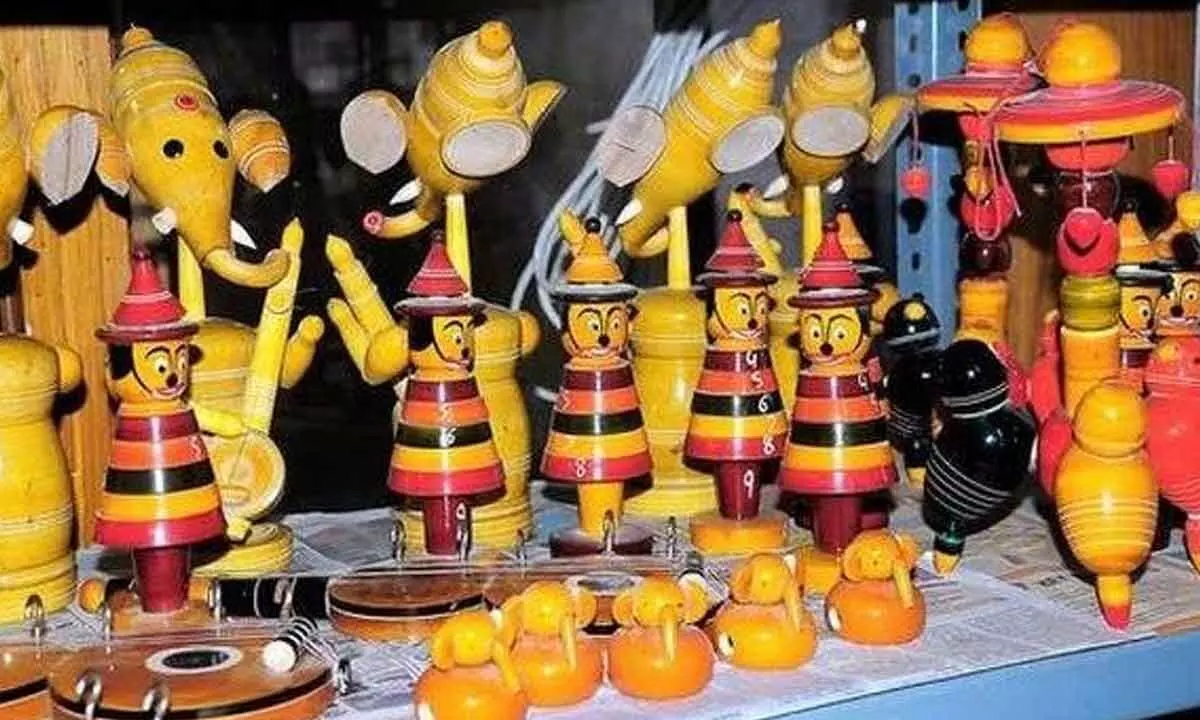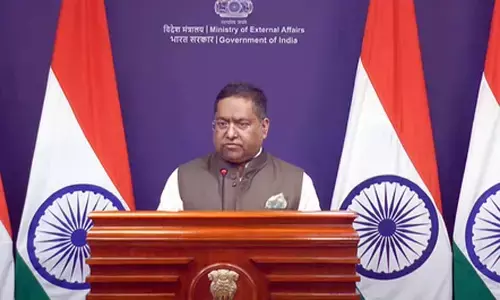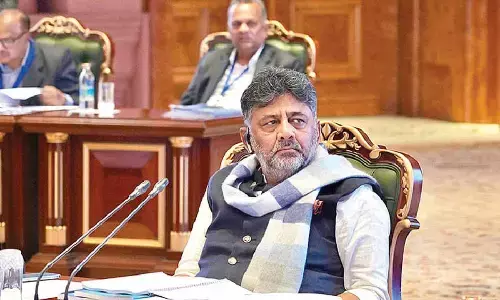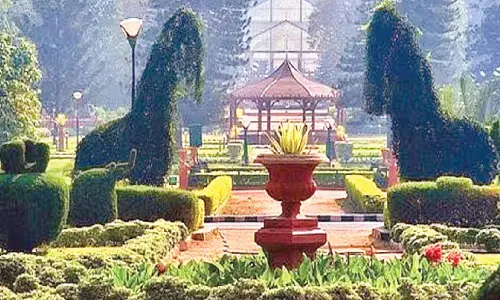Sustainable ways to promote wood crafts

It requires an integrated approach to sustainable forest management and wood supplies
The happiness of heritage lovers knew no bounds when the name of Sri CV Rajufound place in the list of Padmasri awardees of this year released by Government of India on the eve of Republic Day celebrations last month. He was chosen for this award in arts category for his yeoman service in sustaining and flourishing of atraditional artisanal activity of wooden toysof Etikoppaka, a small village near Visakhapatnam in Andhra Pradesh. His constant endeavour in making this activity a lucrative one by means of sustainable resource management, product diversification, design improvement, value addition through application of natural dyes and marketing promotion shows the way forrevival and promotion of a dying craft.
The Etikoppaka toys together with the wooden toys of Nirmal, Kondapally and Settiguntaoccupy a prominent place in the cultural heritage of Telugu land. Other important woodcrafts here are Udayagiri cutlery, Lakshmigaripalle dolls, Gummadidala toys and Bobbili veenas.Similar type of traditional wood crafts are in existence in several parts of the country. Each of these crafts have some distinct features of cultural history, specific wood usage, uniquemotifs and designs, usage of ancient tools, classical processes of manufacturing and specified geographical distribution.Thesewood crafts are dependent on the raw material sourced mostly from the natural forest. The forest trees of Tella poliki (Givotia rotelleriformis), Nalla poliki (Gyrocarpus jaquini), Pala kodisa/Ankudu (Wrightia tinctoria) Nakkina (Randia candollena), Bikki (Gardenia gummifera)are the main species used for making wooden toys in Telugu states.
Issues& concerns
These wood crafts, once the source of self-esteem and reliable incomes for the artisans, are now losing their sheen in the wake of stiff competition from the machine made toys mostly of synthetic materials both from imports and domestic production. Unlike other handicrafts, wood crafts suffer froma specificproblem pertaining to raw materials in the form of constant depletion of resource on one hand and absence of a proper wood supply arrangement on the other. Forestry gives little importance to conserve, augment and manage sustainably these trees.
As there is no legitimate arrangement of supplies, the artisans are compelled to depend on middle men who secure the wood through unauthorised route. This has negative consequences: First, they resort to unscientific harvesting and indiscriminate felling of trees with resultant fast depletion of resource and scarcity of raw materials in surrounding forests. Second, wood supplies are uncertain and get frequently interrupted due to which artisans are not able to get full time and yearlongemployment. Third, the raw material prices are uncertain, fluctuating and not conducive to pursue the activity in a profitable manner. It is, therefore, necessary to redefine the objectives of forestry and place right priorities in order to address the problem and facilitate both welfare of the traditional artisans and forest improvement ina mutually beneficial manner.
Socio-economic approach
About one-and-a-half years back, the Hon'ble Prime Minister during one of his 'Mann Ki Baat' programmes gave a call to make our country a manufacturing hub for toys. In sequel to it, several entrepreneurs associated with toy making in the country have started teaming up to improve their existing toy production facilities and to initiate new enterprises for increasing the production and to compete in the world market.
This is a welcome move for non-wood based toys. However, in respect of wooden toys, it would be appropriate to encourage handicrafts instead of industries so as to promote livelihoods enhancement of artisans in large number and to ensure optimum resource usage.
It is heartening to note that Union Finance Minister on first day in this month announced a package of assistance for artisans during presentation of Union Budget 2023-24 in Parliament. She informed that the newly-conceptualised Pradhan Mantri Vishwakarma Kaushal Samman (PM-VIKAS) scheme will enable the artisans to improve the quality, scale, and reach of their products, integrating them with the Micro, Small and Medium-scale Enterprises (MSME) value chain. This is a good news to the handicrafts sector in general. However a careful implementation strategy with emphasis on safeguardingthe interests of artisans while integrating with MSMEs value chain is essential.
Forest management and wood supplies
The resource base (tree species required) in the forest needs to be augmented through appropriate silvicultural interventions such as eco-restoration, assisted natural regeneration,requisite tending operations and enrichment planting. A scientific and sustainableharvesting of the trees is to be taken up regularly bykeeping the annual increment, regeneration potential and other relevant factors into account.
Simultaneously action needs to be taken to promote planting in community and farm lands. Forest research efforts are also required to identify alternative woods so as to reduce pressure on a few species. A fair and smooth wood supply arrangement will make a good difference to the lives of artisans. Community based wood banks having a storage place and a common facility centre with appropriate equipment and tools for wood treatment and primary processing will become handy in this regard.
The harvested wood will be brought to the wood bank where in it will be treated to improve preservative qualityand cut into different sizes based on the craft requirements and put for supply at concessional rates to the artisans. Artisans can collect the required material from the wood bank on payment of charges.
A small initiative of this author and team in introducing such wood bank in a modest scale at Settigunta (now Annamayya district ofAndhra Pradesh) in the past was found to give encouraging results.
With an integrated strategy of resource augmentation, sustainable forest management and hassle free wood supply arrangement, the forestry can not only create a positive impact on traditional wood crafts but also demonstrate its environmental responsibility and social relevance in clear terms.
(Writer is former Principal Chief Conservator of Forest andHead of Forest Force, Andhra Pradesh)










